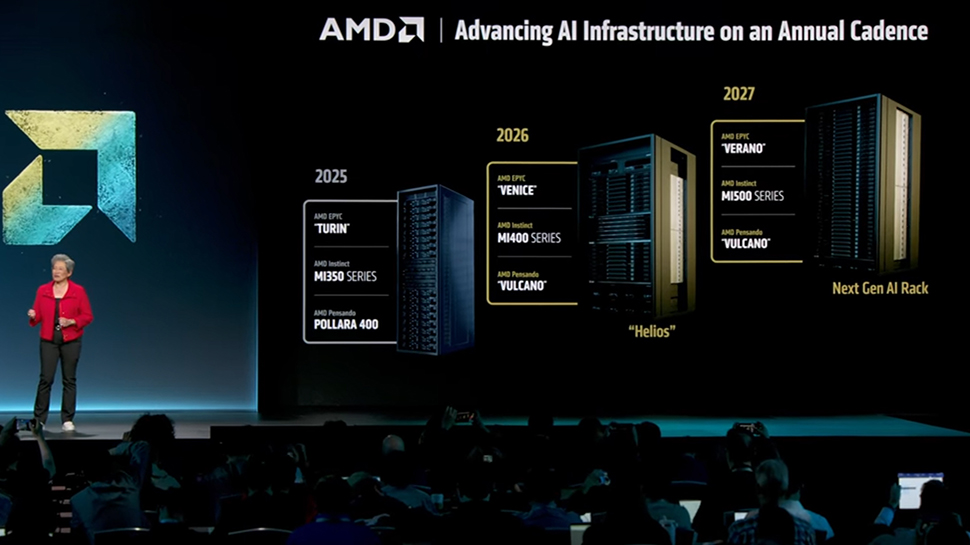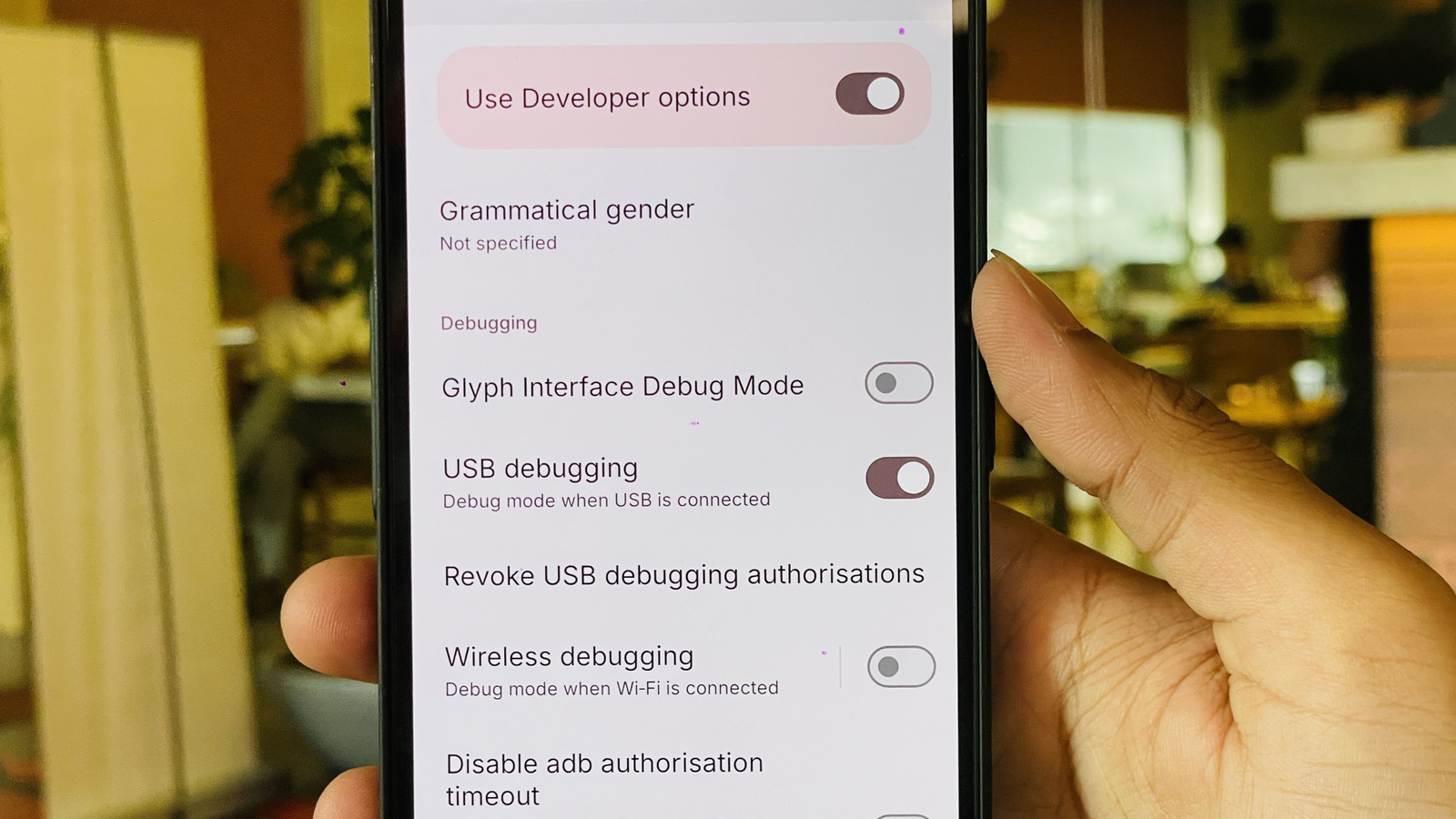Terraform Fundamentals: CloudWatch Evidently
CloudWatch Evidently with Terraform: Production-Grade Feature Flagging and Experimentation The relentless push for faster release cycles often clashes with the need for controlled risk. Deploying new features directly to production is a recipe for disaster, but traditional A/B testing frameworks can be complex to implement and maintain, especially at scale. This creates a gap in the infrastructure – a need for robust, automated feature flagging and experimentation capabilities directly integrated into our IaC pipelines. CloudWatch Evidently fills this gap, and Terraform provides the ideal mechanism for managing it as code. This post details how to leverage CloudWatch Evidently within a Terraform-centric infrastructure, focusing on practical implementation and enterprise considerations. What is CloudWatch Evidently in Terraform Context? CloudWatch Evidently is an AWS service that allows you to perform feature flags and A/B tests. It provides a centralized platform for managing variations, evaluating metrics, and automatically launching or terminating experiments based on statistical significance. Within Terraform, Evidently is managed through the aws provider, specifically the aws_evidently_project, aws_evidently_launch, aws_evidently_feature, and related resources. Currently (as of late 2023), there isn’t a widely adopted, comprehensive Terraform module for Evidently. This means you’ll primarily be working directly with the AWS provider resources. This isn’t necessarily a drawback; it allows for granular control and customization. However, it does necessitate a deeper understanding of the underlying Evidently concepts and Terraform best practices. A key caveat is that Evidently is a relatively new service, so the Terraform provider is still evolving. Expect potential changes in resource attributes and behavior. Use Cases and When to Use Evidently isn’t a replacement for all testing. It’s best suited for scenarios where you need to control feature exposure in production and gather real-world data. Gradual Feature Rollouts: Release a new feature to a small percentage of users and gradually increase exposure based on performance metrics. This is critical for SRE teams monitoring system stability. A/B Testing: Compare different versions of a feature to determine which performs better based on key business metrics. Marketing and product teams heavily rely on this. Dark Launches: Deploy a new feature to production without exposing it to any users. This allows you to validate infrastructure and performance before going live. DevOps teams use this to de-risk deployments. Kill Switches: Quickly disable a problematic feature in production without requiring a code deployment. Essential for incident response. Personalized Experiences: Serve different feature variations to different user segments based on attributes like location or device type. Requires integration with user data sources. Key Terraform Resources Here are some core Evidently resources and examples: aws_evidently_project: Defines an Evidently project, which acts as a container for features and launches. resource "aws_evidently_project" "example" { name = "my-evidently-project" description = "Example Evidently project" data_delivery_settings { kinesis_streaming_configuration { stream_arn = "arn:aws:kinesis:us-east-1:123456789012:stream/my-kinesis-stream" } } } aws_evidently_feature: Defines a feature that can be enabled or disabled. resource "aws_evidently_feature" "example" { project = aws_evidently_project.example.name name = "my-new-feature" description = "Example feature" type = "BOOLEAN" evaluation_strategy = "BINARY" default_variation = "FALSE" } aws_evidently_launch: Defines a launch, which controls the rollout of a feature. resource "aws_evidently_launch" "example" { project = aws_evidently_project.example.name name = "my-feature-launch" feature = aws_evidently_feature.example.name metric_goals { goal_weight = 1.0 event_goal { name = "conversion_rate" target { value = 0.1 type = "IMPROVEMENT" } } } traffic_allocation { segment = "ALL" weight = 50 } } aws_evidently_experiment_config: Configures the statistical parameters for an experiment. aws_evidently_variation: Defines a variation of a feature. aws_evidently_metric_definition: Defines a metric used to evaluate a launch or experiment. aws_evidently_segment: Defines a segment of users to target with a launch or experiment. aws_evidently_random_split_config: Configures a random split for traffic allocation. Dependencies are crucial. Launches depend on features, and metric goals depend on projects. Use depends_on or explicit resource references to ensure correct ordering. Common Patterns & Modules While a comprehensive module isn’t readily available, you can build re

CloudWatch Evidently with Terraform: Production-Grade Feature Flagging and Experimentation
The relentless push for faster release cycles often clashes with the need for controlled risk. Deploying new features directly to production is a recipe for disaster, but traditional A/B testing frameworks can be complex to implement and maintain, especially at scale. This creates a gap in the infrastructure – a need for robust, automated feature flagging and experimentation capabilities directly integrated into our IaC pipelines. CloudWatch Evidently fills this gap, and Terraform provides the ideal mechanism for managing it as code. This post details how to leverage CloudWatch Evidently within a Terraform-centric infrastructure, focusing on practical implementation and enterprise considerations.
What is CloudWatch Evidently in Terraform Context?
CloudWatch Evidently is an AWS service that allows you to perform feature flags and A/B tests. It provides a centralized platform for managing variations, evaluating metrics, and automatically launching or terminating experiments based on statistical significance. Within Terraform, Evidently is managed through the aws provider, specifically the aws_evidently_project, aws_evidently_launch, aws_evidently_feature, and related resources.
Currently (as of late 2023), there isn’t a widely adopted, comprehensive Terraform module for Evidently. This means you’ll primarily be working directly with the AWS provider resources. This isn’t necessarily a drawback; it allows for granular control and customization. However, it does necessitate a deeper understanding of the underlying Evidently concepts and Terraform best practices. A key caveat is that Evidently is a relatively new service, so the Terraform provider is still evolving. Expect potential changes in resource attributes and behavior.
Use Cases and When to Use
Evidently isn’t a replacement for all testing. It’s best suited for scenarios where you need to control feature exposure in production and gather real-world data.
- Gradual Feature Rollouts: Release a new feature to a small percentage of users and gradually increase exposure based on performance metrics. This is critical for SRE teams monitoring system stability.
- A/B Testing: Compare different versions of a feature to determine which performs better based on key business metrics. Marketing and product teams heavily rely on this.
- Dark Launches: Deploy a new feature to production without exposing it to any users. This allows you to validate infrastructure and performance before going live. DevOps teams use this to de-risk deployments.
- Kill Switches: Quickly disable a problematic feature in production without requiring a code deployment. Essential for incident response.
- Personalized Experiences: Serve different feature variations to different user segments based on attributes like location or device type. Requires integration with user data sources.
Key Terraform Resources
Here are some core Evidently resources and examples:
-
aws_evidently_project: Defines an Evidently project, which acts as a container for features and launches.
resource "aws_evidently_project" "example" {
name = "my-evidently-project"
description = "Example Evidently project"
data_delivery_settings {
kinesis_streaming_configuration {
stream_arn = "arn:aws:kinesis:us-east-1:123456789012:stream/my-kinesis-stream"
}
}
}
-
aws_evidently_feature: Defines a feature that can be enabled or disabled.
resource "aws_evidently_feature" "example" {
project = aws_evidently_project.example.name
name = "my-new-feature"
description = "Example feature"
type = "BOOLEAN"
evaluation_strategy = "BINARY"
default_variation = "FALSE"
}
-
aws_evidently_launch: Defines a launch, which controls the rollout of a feature.
resource "aws_evidently_launch" "example" {
project = aws_evidently_project.example.name
name = "my-feature-launch"
feature = aws_evidently_feature.example.name
metric_goals {
goal_weight = 1.0
event_goal {
name = "conversion_rate"
target {
value = 0.1
type = "IMPROVEMENT"
}
}
}
traffic_allocation {
segment = "ALL"
weight = 50
}
}
-
aws_evidently_experiment_config: Configures the statistical parameters for an experiment. -
aws_evidently_variation: Defines a variation of a feature. -
aws_evidently_metric_definition: Defines a metric used to evaluate a launch or experiment. -
aws_evidently_segment: Defines a segment of users to target with a launch or experiment. -
aws_evidently_random_split_config: Configures a random split for traffic allocation.
Dependencies are crucial. Launches depend on features, and metric goals depend on projects. Use depends_on or explicit resource references to ensure correct ordering.
Common Patterns & Modules
While a comprehensive module isn’t readily available, you can build reusable patterns. Using for_each to create multiple features or launches based on a map of configurations is a common approach.
variable "features" {
type = map(object({
name = string
description = string
}))
}
resource "aws_evidently_feature" "feature" {
for_each = var.features
project = aws_evidently_project.example.name
name = each.value.name
description = each.value.description
type = "BOOLEAN"
evaluation_strategy = "BINARY"
default_variation = "FALSE"
}
A layered module structure is recommended. A base module handles the core Evidently resources, while higher-level modules orchestrate launches and experiments. Using a remote backend (e.g., Terraform Cloud, S3) is essential for state management and collaboration.
Hands-On Tutorial
This example creates a project, a feature, and a launch.
Provider Setup:
terraform {
required_providers {
aws = {
source = "hashicorp/aws"
version = "~> 5.0"
}
}
}
provider "aws" {
region = "us-east-1"
}
Resource Configuration: (See examples in the "Key Terraform Resources" section)
Apply & Destroy:
terraform init
terraform plan
terraform apply
terraform destroy
terraform plan will show the resources to be created. terraform apply will create them. terraform destroy will remove them. This example assumes you have a Kinesis stream configured.
Enterprise Considerations
Large organizations should integrate Evidently with Terraform Cloud/Enterprise for state locking, remote operations, and collaboration. Sentinel or Open Policy Agent (OPA) can enforce policy-as-code, ensuring compliance with security and governance requirements. IAM roles should be narrowly scoped, granting only the necessary permissions to Terraform and Evidently. Costs are based on Evidently usage (metrics stored, evaluations performed). Scaling is handled automatically by AWS. Multi-region deployments require careful consideration of data replication and consistency.
Security and Compliance
Enforce least privilege using IAM policies.
resource "aws_iam_policy" "evidently_policy" {
name = "EvidentlyTerraformPolicy"
description = "Policy for Terraform to manage Evidently resources"
policy = jsonencode({
Version = "2012-10-17",
Statement = [
{
Action = [
"evidently:*"
],
Resource = "*"
},
],
})
}
Drift detection should be enabled in Terraform Cloud/Enterprise. Tagging policies should be enforced to ensure consistent resource labeling. Audit logs should be enabled in CloudTrail to track all Evidently API calls.
Integration with Other Services
Evidently integrates with several other AWS services:
- Kinesis Data Streams: For real-time metric delivery.
- CloudWatch Metrics: For storing and visualizing metrics.
- Lambda: For custom metric processing and event handling.
- API Gateway: For integrating Evidently with your APIs.
- IAM: For access control and security.
graph LR
A[Terraform] --> B(CloudWatch Evidently);
B --> C{Kinesis Data Streams};
B --> D[CloudWatch Metrics];
B --> E[Lambda];
B --> F[API Gateway];
B --> G[IAM];
Module Design Best Practices
Abstract Evidently resources into reusable modules with well-defined input and output variables. Use locals to simplify complex configurations. Document your modules thoroughly. Consider using a backend like S3 for remote state storage. Version your modules using Git tags.
CI/CD Automation
Here’s a basic GitHub Actions workflow:
name: Terraform Evidently
on:
push:
branches:
- main
jobs:
terraform:
runs-on: ubuntu-latest
steps:
- uses: actions/checkout@v3
- uses: hashicorp/setup-terraform@v2
- run: terraform fmt
- run: terraform validate
- run: terraform plan
- run: terraform apply -auto-approve
Pitfalls & Troubleshooting
- Incorrect IAM Permissions: Terraform fails to create resources due to insufficient permissions. Solution: Review and update IAM policies.
- Dependency Issues: Launches fail because features are not created first. Solution: Use
depends_onor explicit resource references. - Metric Goal Configuration: Incorrect metric goal configurations lead to unexpected launch behavior. Solution: Carefully review metric goal definitions.
- Data Delivery Issues: Metrics are not delivered to Kinesis. Solution: Verify Kinesis stream configuration and permissions.
- Provider Version Conflicts: Incompatibilities between the AWS provider and Evidently service. Solution: Use a compatible provider version.
Pros and Cons
Pros:
- Automated feature flagging and experimentation.
- Integration with existing AWS infrastructure.
- Statistical rigor for data-driven decisions.
- Reduced risk associated with deployments.
Cons:
- Relatively new service with evolving Terraform provider.
- Lack of a comprehensive Terraform module.
- Requires understanding of statistical concepts.
- Potential cost implications based on usage.
Conclusion
CloudWatch Evidently, when managed with Terraform, provides a powerful solution for controlled feature rollouts and experimentation. It empowers engineers to de-risk deployments, gather valuable data, and make informed decisions. Start by integrating Evidently into a proof-of-concept project, evaluate existing modules (or build your own), and establish a CI/CD pipeline for automated deployment. This will unlock a new level of agility and confidence in your infrastructure.










































































































































































![[The AI Show Episode 154]: AI Answers: The Future of AI Agents at Work, Building an AI Roadmap, Choosing the Right Tools, & Responsible AI Use](https://www.marketingaiinstitute.com/hubfs/ep%20154%20cover.png)
![[The AI Show Episode 153]: OpenAI Releases o3-Pro, Disney Sues Midjourney, Altman: “Gentle Singularity” Is Here, AI and Jobs & News Sites Getting Crushed by AI Search](https://www.marketingaiinstitute.com/hubfs/ep%20153%20cover.png)


























































































































![[FREE EBOOKS] The Chief AI Officer’s Handbook, Natural Language Processing with Python & Four More Best Selling Titles](https://www.javacodegeeks.com/wp-content/uploads/2012/12/jcg-logo.jpg)









































































![GrandChase tier list of the best characters available [June 2025]](https://media.pocketgamer.com/artwork/na-33057-1637756796/grandchase-ios-android-3rd-anniversary.jpg?#)




































































_Frank_Peters_Alamy.jpg?width=1280&auto=webp&quality=80&disable=upscale#)

















































































































![Apple Weighs Acquisition of AI Startup Perplexity in Internal Talks [Report]](https://www.iclarified.com/images/news/97674/97674/97674-640.jpg)
![Oakley and Meta Launch Smart Glasses for Athletes With AI, 3K Camera, More [Video]](https://www.iclarified.com/images/news/97665/97665/97665-640.jpg)

![How to Get Your Parents to Buy You a Mac, According to Apple [Video]](https://www.iclarified.com/images/news/97671/97671/97671-640.jpg)






















![New accessibility settings announced for Steam Big Picture Mode and SteamOS [Beta]](https://www.ghacks.net/wp-content/uploads/2025/06/New-accessibility-settings-announced-for-Steam-Big-Picture-Mode-and-SteamOS.jpg)














































